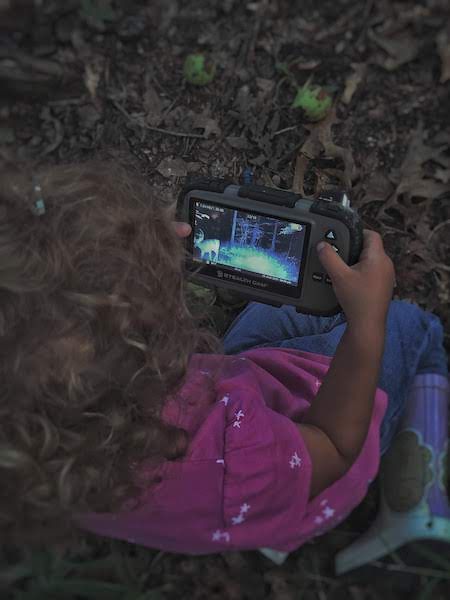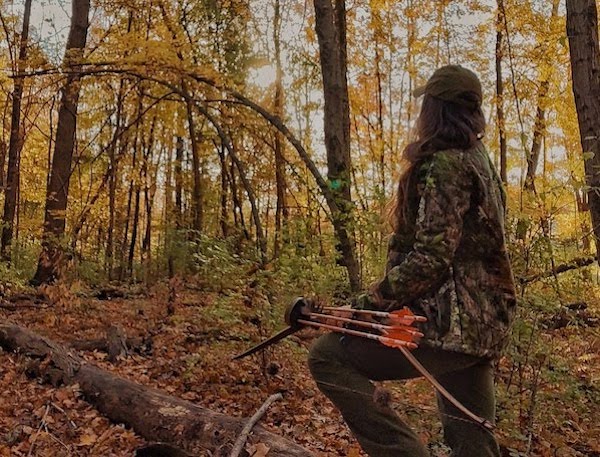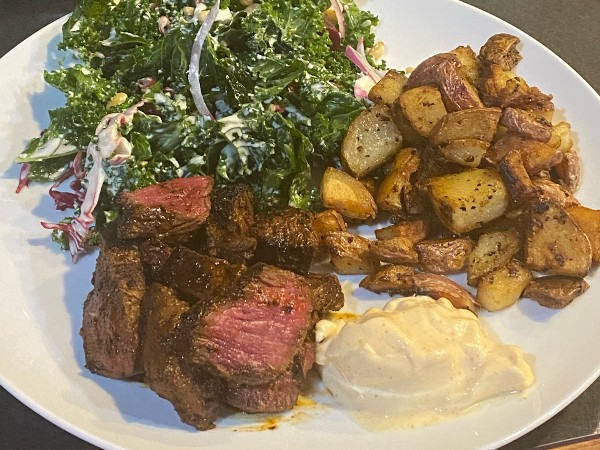“Bowhunting connects me to the ways of the past and my ancestors.”
“I choose to bowhunt for the more primitive aspect.”
Hearing those statements from a modern day bowhunter may make you shake your head and chuckle. It’s not an altogether inaccurate statement, as there is certainly some truth behind it. However, it doesn’t seem to make much sense when spoken from someone who shoots an aluminum bow with 80% letoff and multiple shooting aids. “Primitive” is a far cry from compounds and their 300 feet-per-second speeds.
Yet, even hearing it from someone who hunts strictly with a traditional bow will give you pause and make you think—are we really hunting like our ancestors? Or do we just like the idea of it? If you think about how far technology has come in recent years, it has drastically changed how most people hunt. This leads us to the question: Are we as a society forgetting how to actually hunt? And are we losing the skills that are needed to hunt without the aid of technology? I often question how many hunters would be able to navigate the woods without the use of a cell phone and online maps. I know that many would certainly shy away from hiking miles into the mountains to spend the night.
Long ago, humans hunted out of necessity, which added an element that, realistically, none of us must face today. Native Americans didn’t venture out into the snowy woods to hunt simply because they enjoyed sitting out in the cold. But if they did, it was a happy coincidence as they hunted for food as a means of survival, not like nowadays when meat from our days afield is a tandem benefit of a recreational pursuit. They utilized every portion of their kills, from the meat to the hide, bones, and feathers. No wild game meant no meat, and no meat equaled starvation and, at times, death.

Trail cameras can be particularly useful in taking inventory of what deer are in the area. However, some states banned them as they are considered “unfair chase.”
Modern day hunters do indeed eat the meat of the game they pursue, but it seldom (if ever) is a situation that means eat or starve. “Filling the freezer,” is an oft-repeated phrase, but we all know that if tags aren’t filled that same hunter could be seen browsing the meat aisle of the grocery store or turning to a local farmer to purchase something to fill their freezer. And there is certainly no shame in doing so. I’m guilty of the same myself and offer no apologies.
Taking a step back and looking at the technology that we have today, and use daily, immediately sets us apart from anything our ancestors may have experienced on a daily hunt. Looking back just one generation ago, there is a huge difference in technology and the impact it has on our time in the woods. We use our cell phones to access maps, to drop pins, and tell us how to get from Point A to Point B. We have trail cameras that we can access from our phone, ones that will give us a better idea of what kind of game we will see at a certain spot—and what time of day that game has been appearing. We have weather apps, hunting apps, binoculars, range finders, and vehicles that take us wherever we want to go. Some people hunting in suburban areas even have Wi-Fi access from their tree stands. There is nothing primitive about any of these things, but we continue to use them in our advanced world, as they do tend to help us fill tags and our freezers.
Technology has also advanced the types of bows that hunters use, providing us with compounds and crossbows that can kill animals with a deadly accuracy that are nearly equal to that of a firearm. You can shoot farther distances with an ease that would astonish hunters of the past. Compounds and crossbows play a big role in getting more and more hunters into the woods every year, as many people don’t want to put in the time and effort that is required to shoot a traditional style of bow. Although this may cause some of us to shake our heads, recruiting new hunters every year is important—like it or not.
Circling back to the use of technology and what we utilize daily, it’s rare to hear of a hunter who heads into the woods without any planning. No checking of trail cameras or poring over the weather forecast; just simply grabbing a stick and string and going to sit in a hedgerow or among some fallen tree roots in hopes of sending a broadhead-tipped arrow through the lungs of a whitetail. There is a beauty in that simplicity, as I have found much joy in hunting that way myself. I don’t consider myself a purist by any means when it comes to hunting, but I think that many could benefit from the limited use of daily technology. You’d be surprised how enjoyable it is and how much more you take notice of. So, are we overthinking things when it comes to hunting, and diluting the purity of the experience by using technology in every single aspect?

The author’s daughter Isabella views photos taken on a trail camera.
To flip the perspective a bit, I can also see how technology plays a large role in the growth of hunting and that can only be a good thing. As a young woman who often hunts alone or with her children, having the use of a cell phone and apps that can access maps of public land has been extremely helpful in a safety aspect. I know that I’m not the only one who feels this way, as many new hunters rely on this as well, particularly those who don’t have a mentor and haven’t been raised with the knowledge of woods and waters. I often take for granted the fact that I was raised to be comfortable in the woods when many other hunters must overcome certain fears as they go. The safety net of technology and being able to do a Google search or make a phone call when needed can play a big part in a new hunter making the decision to enter the woods solo for the first time.
There are many arguments that can be made from both sides, both for and against modern day technology, and how big of a part it plays in the hunting industry today. I personally have found happiness in using less technology, especially since I switched to traditional equipment and started caring more about the hunt and less about the end game. Once I started using a recurve and a longbow, I began to rethink different aspects of the hunt and questioning whether or not I was really enjoying the hunt to the fullest without the interference of other things. I think that many bowhunters (traditional bowhunters in particular) have started finding a spot to draw the line when it comes to using technology and deciding what is the line that is considered too far and what still leaves the illusion of hunting “the old way.”
As a parent, I have thought often on how I should be raising my two daughters and what kind of hunters they will be as they get older. We certainly can’t boycott all technology, as that’s not realistic—our world thrives on it and it’s not something we can eliminate from our lives completely. However, I think that teaching them the ways of the woods and the skills that are no longer as “popular” is as important as them knowing how to use technology. We can balance the two and, with a little effort, experience the best of both worlds.






Your article is very pertinent in our society today Beka, because I too was always so very proud to hunt with traditional bows, telling those that inquired, that I don’t want modern technology to help me take game, I wanted to do it the “old way” . That is until a work mate of mine said “then why do you use binoculars ?? ” Point taken !
So I understand that modern and older technology can go hade in hand. Now I just go in to the bush and enjoy what I can when I can with as much of the limited “moderness” that I can.
Great read Beka.